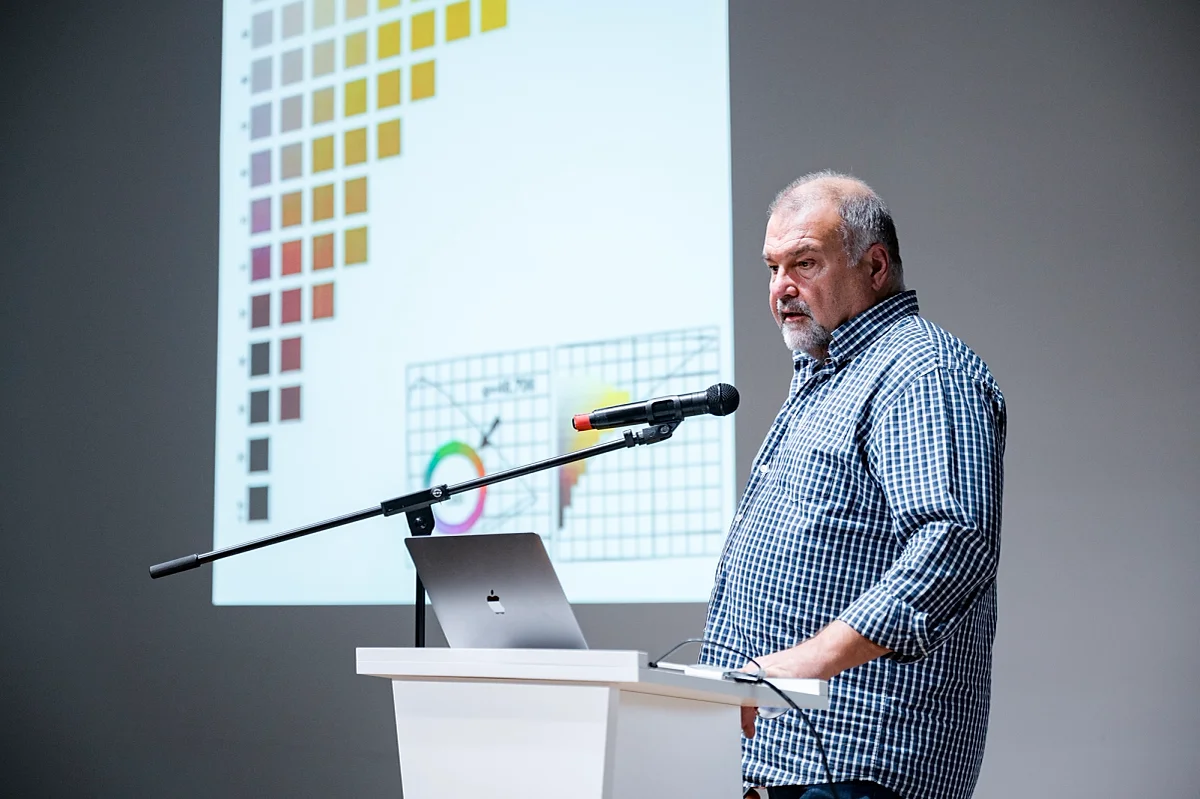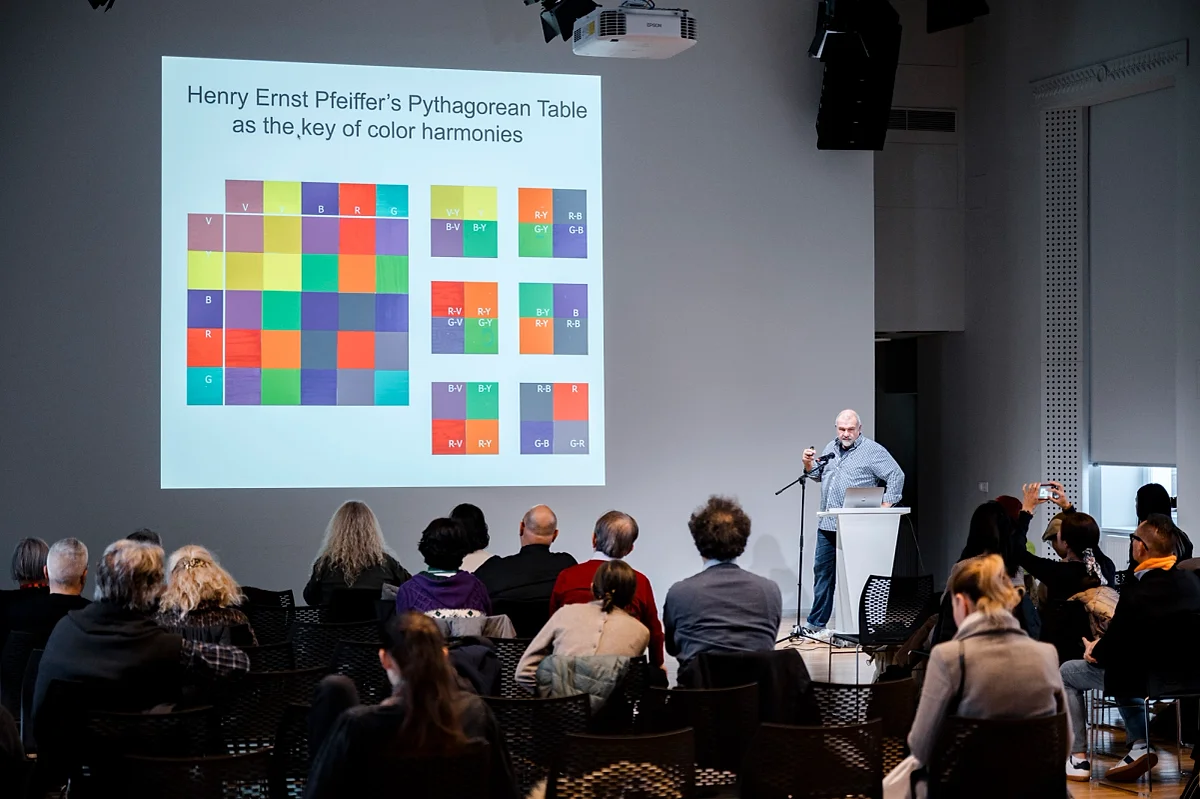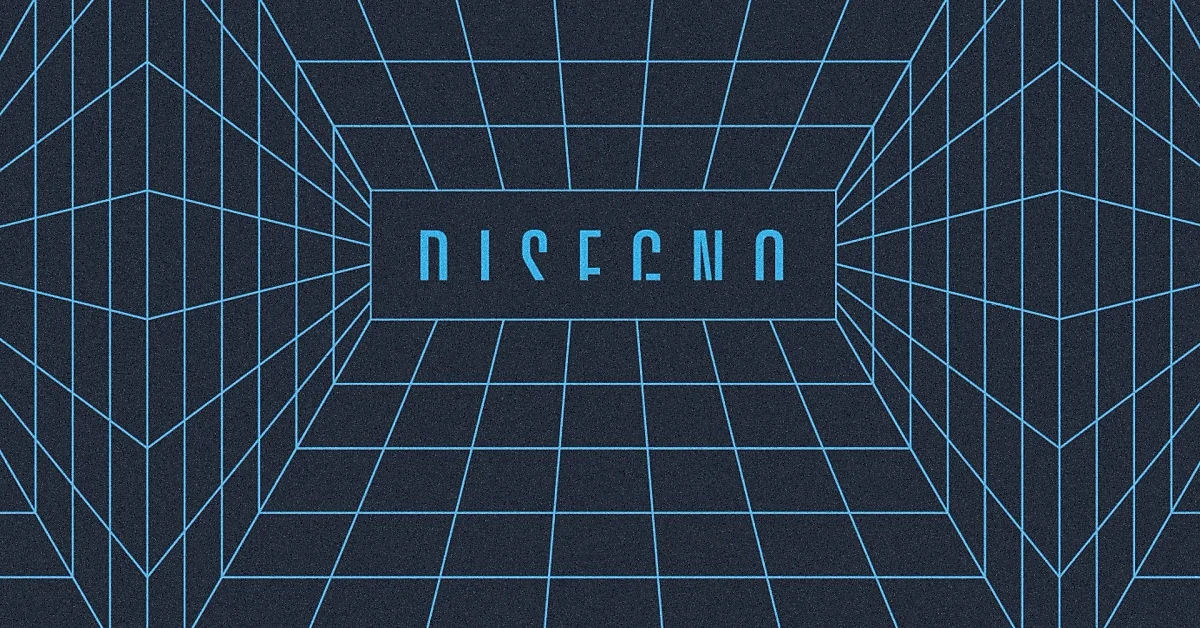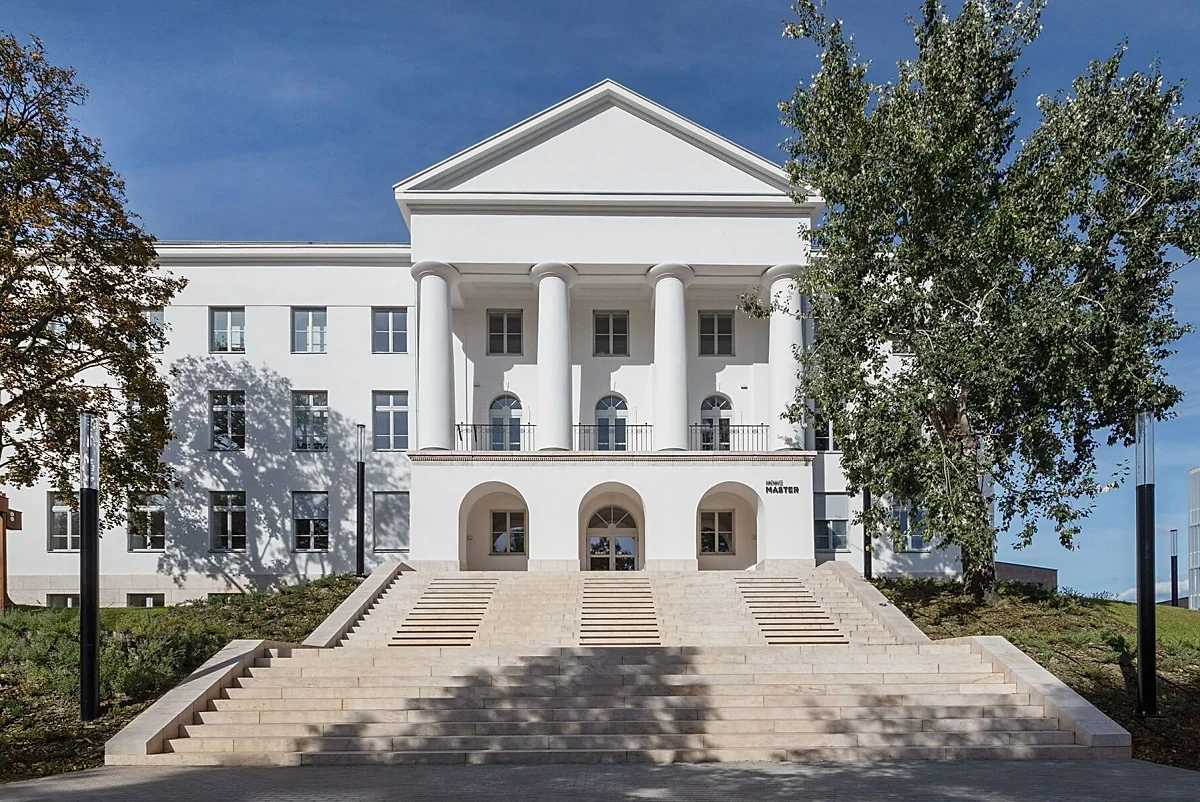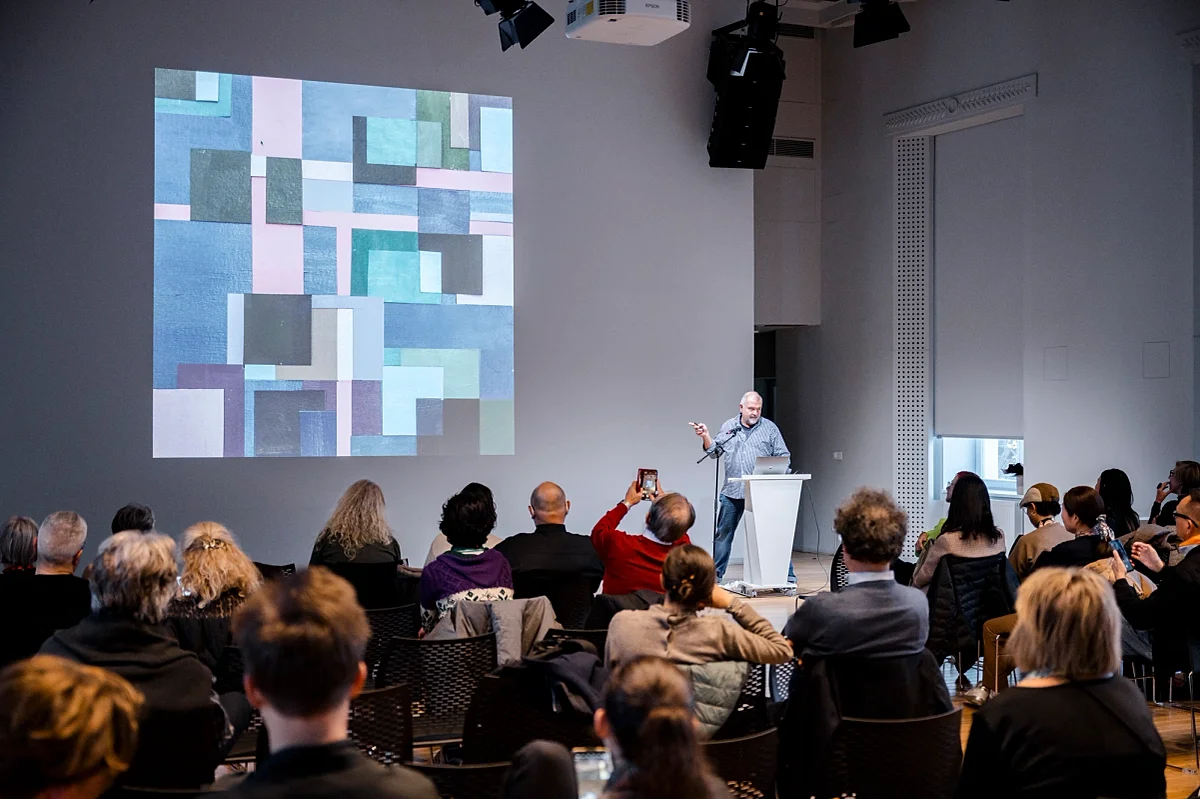
The colour trends of 2025 have been created at MOME
Intercolor was established in 1963 as a consortium of international experts to bring together professionals from various fields for the purpose of forecasting and defining colour trends. Over the decades, the organisation has become a dynamic hub not only for forecasting colour trends but also for influencing and encouraging innovations in design from fashion and interior design to graphic design, while actively engaging in social responsibility. Trending colours are not just important for the creative industries, but also reflect processes taking place in the entire society.
“What makes Intercolor truly special and unique is that we don’t work to order”, President of Intercolor Marie-Louise Rosholm summarised one of the most important aspects of their operation. “This is a space free of requirements where creativity can soar without limitations. The emphasis is on inspiration and exploration, which brings a breath of fresh air into the monotony of client-driven projects.”
Members of Intercolor arrived from member organisations in 17 countries across Europe, Asia, and the USA to the conference organised this time in Budapest, at MOME. These biannual meetings include free idea sharing-based workshops that are instrumental in developing the colour forecasts for the next season. The team was working on developing the colours of the autumn/winter colours of the 2025 year at MOME between 15 and 17 November. “The Campus was an incredibly inspiring setting, and the environment and the superb organisation gave a huge impetus for our creative activity”, said Marie-Louise Rosholm.
The work process of colour forecasting relies on information sharing. Delegates from all 17 countries present their colour proposals backed by long-term research and shaped by cultural influences. In addition, everyone shares the inspirations they were exposed to in the preceding months, which can also be translated into the language of colours.
“During the half-day workshop, we take time to share our stories, translate our ideas and make sense of our different perspectives. This way, the outcome not only reflects a single mindset, rather it is a synthesis of various viewpoints”, said Suthini Tanangsnakool detailing the process of colour forecasting.
“The sources of ideas can be very diverse, from words and exhibitions to films. These sparks of inspiration lead to visual cues, and the participants can give shape to their ideas, using the colour selection on the table”, explained former president of the organisation Niels Holger Wien.
Intercolor’s manifesto highlights the interactions between colours and society. The organisation refers to itself as a space focusing on cultural sensitivity and social responsibility, where participants observe the feelings, mood, and responses of their respective societies and try to identify the colours representing those. They cite the recent global events as examples, in particular the pandemics, which had a profound impact on the use of colours – as the pandemic was winding down, there was a transition from quiet, calm colours to vibrant, vigorous hues.
The colour palette created at MOME will only be published in the applicable season, and can only be used by the members of the organisation.

